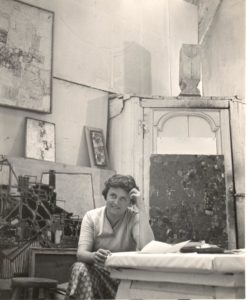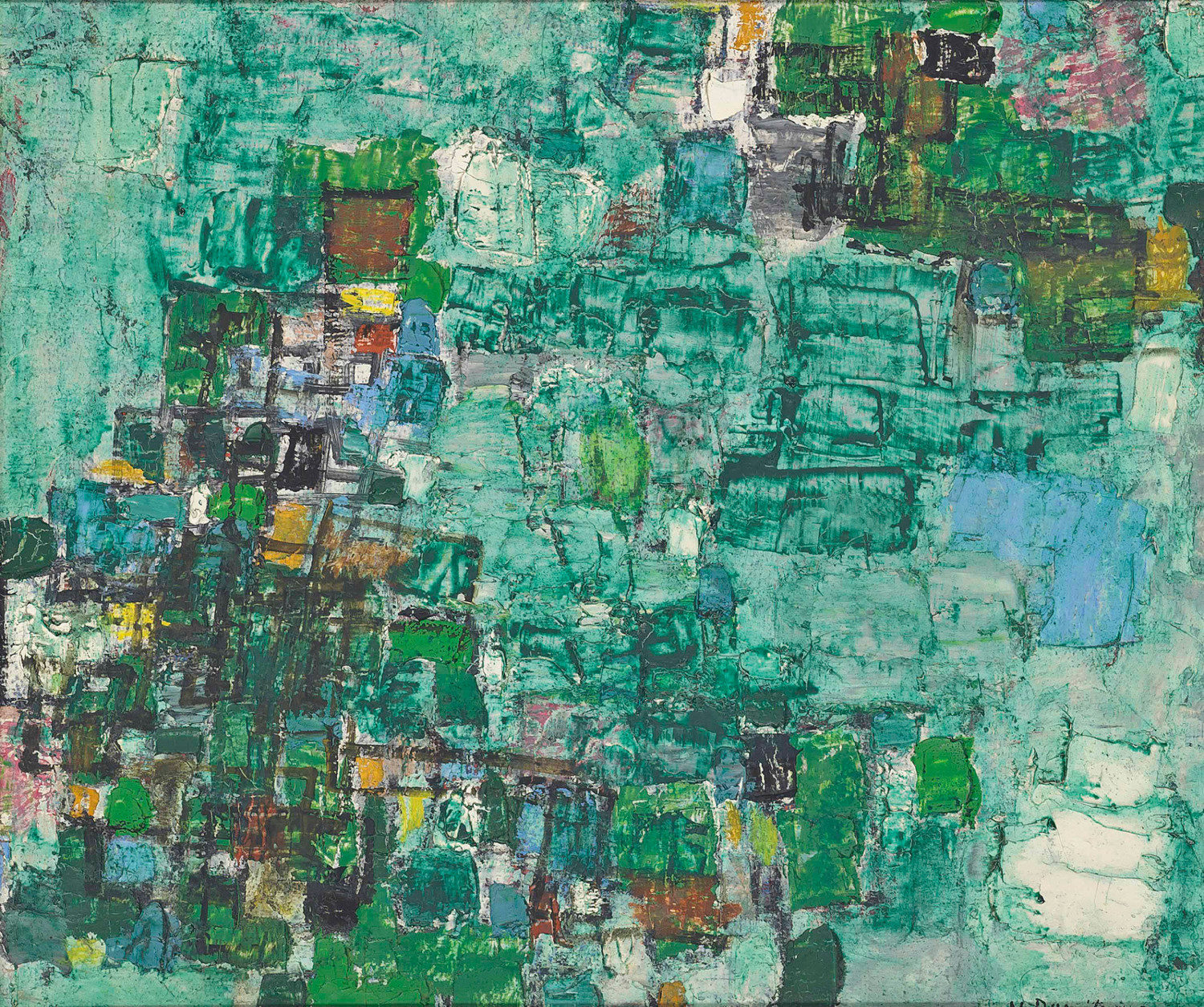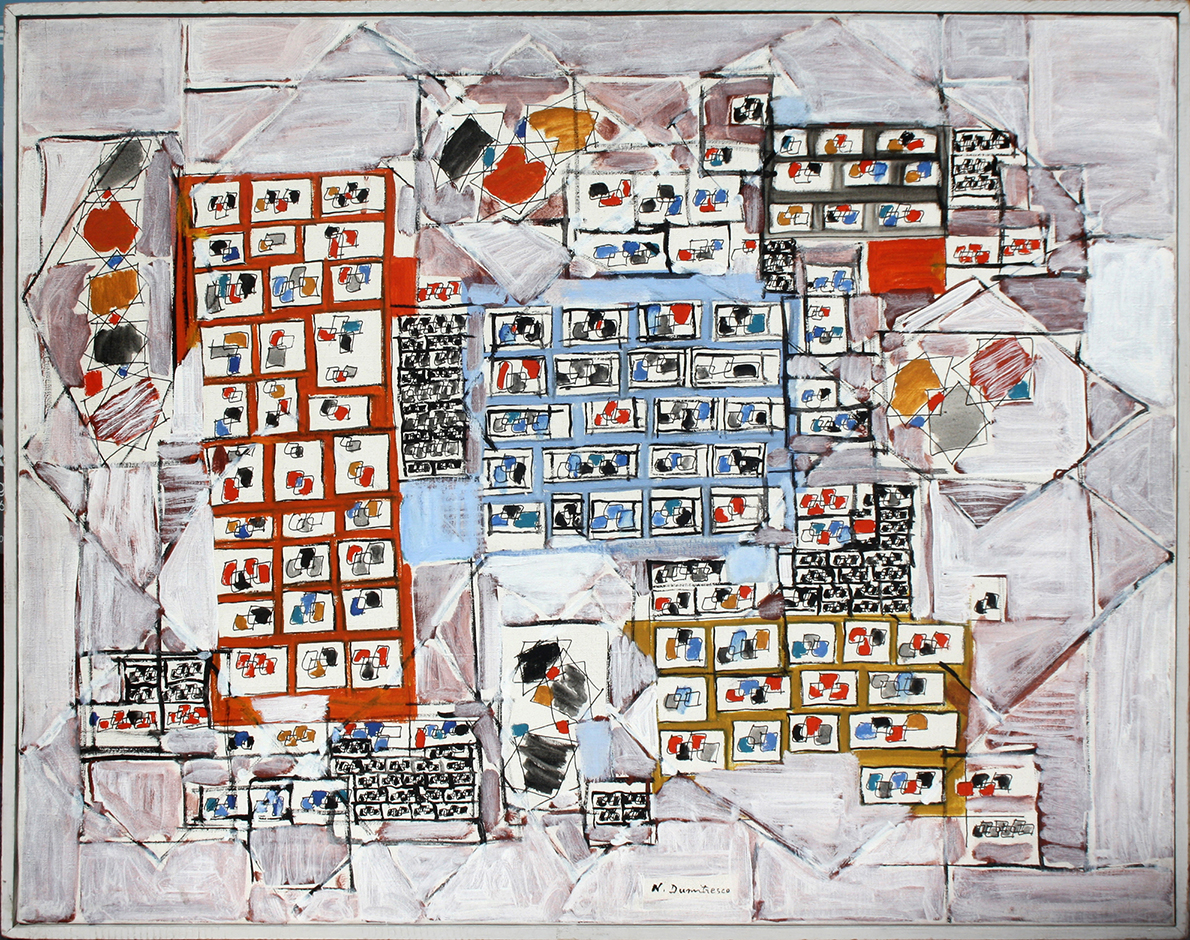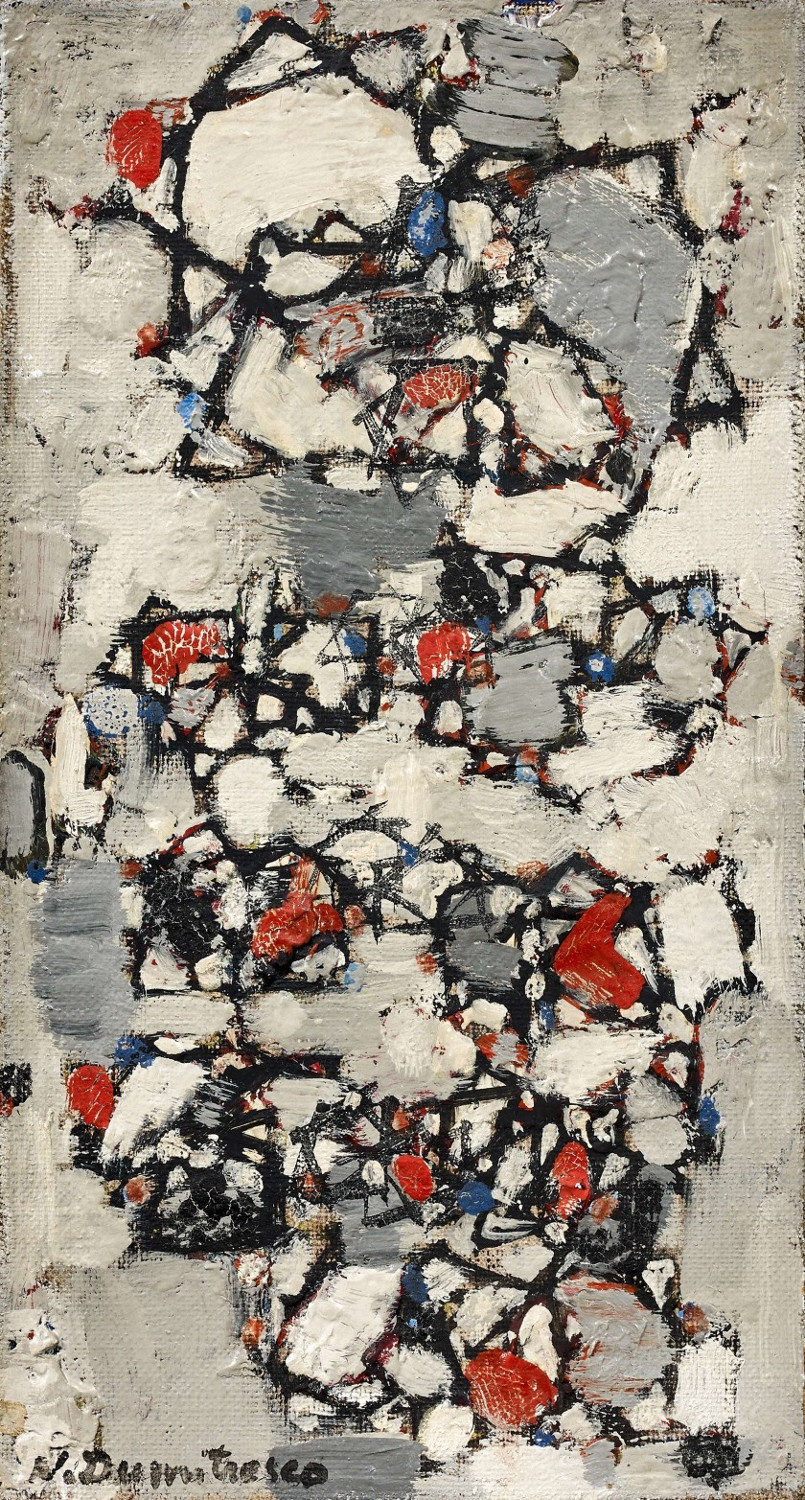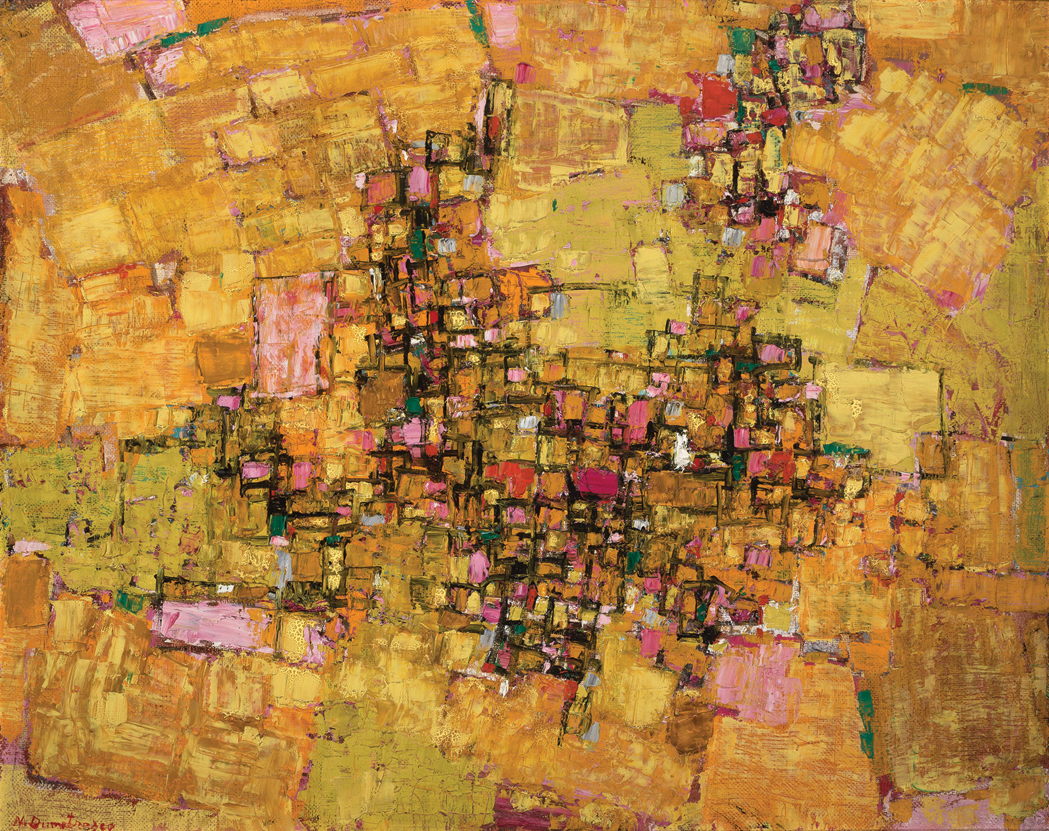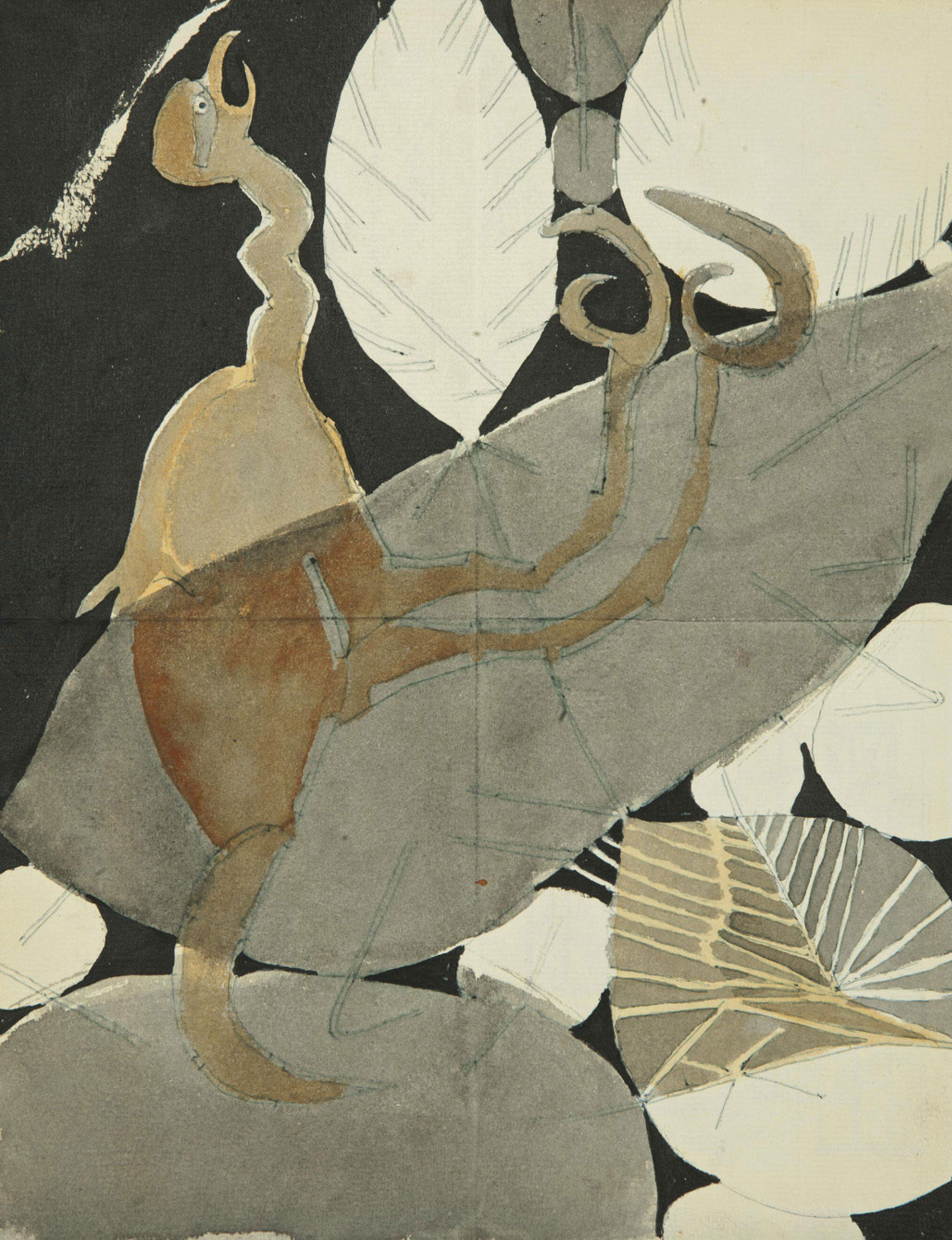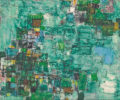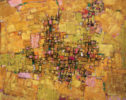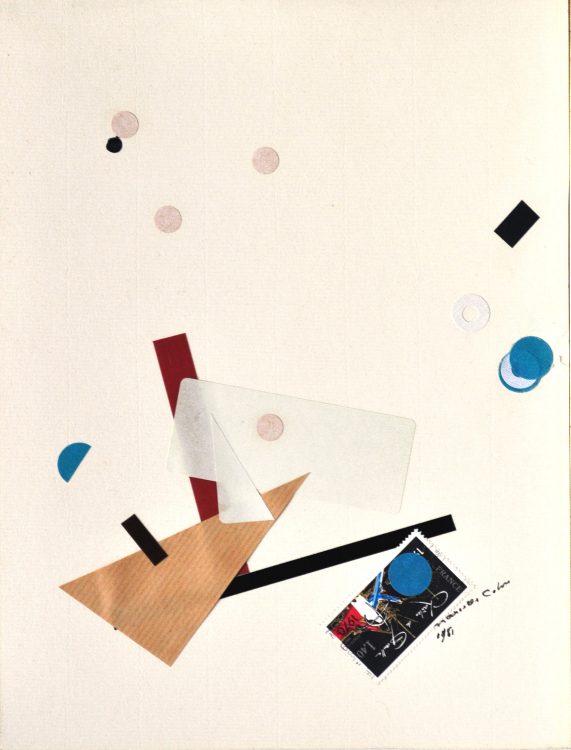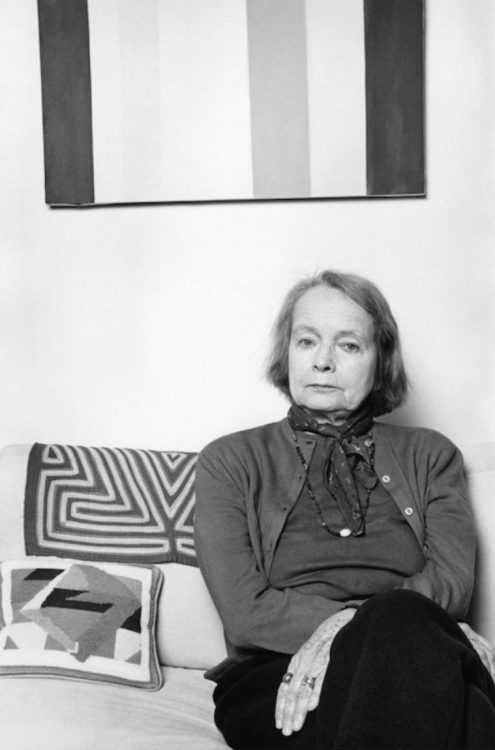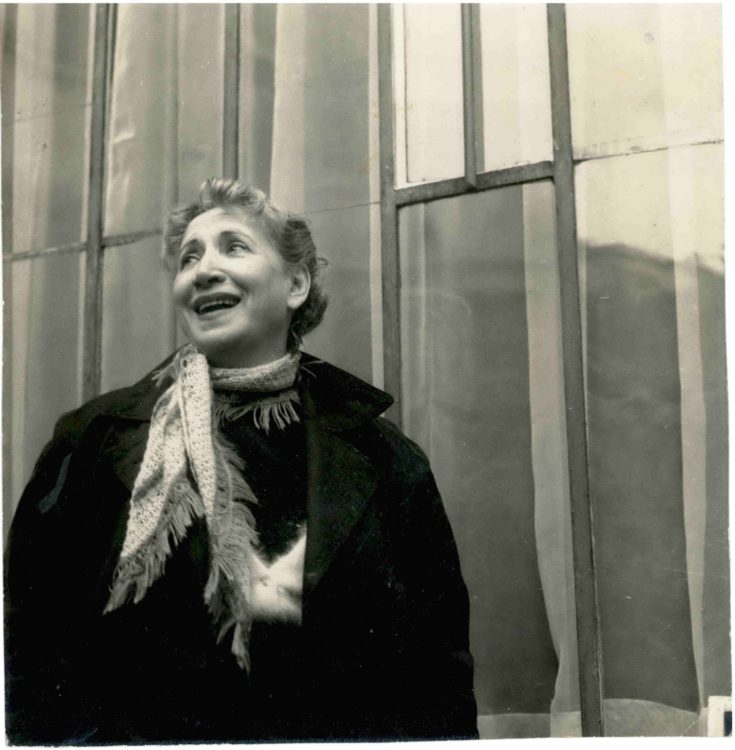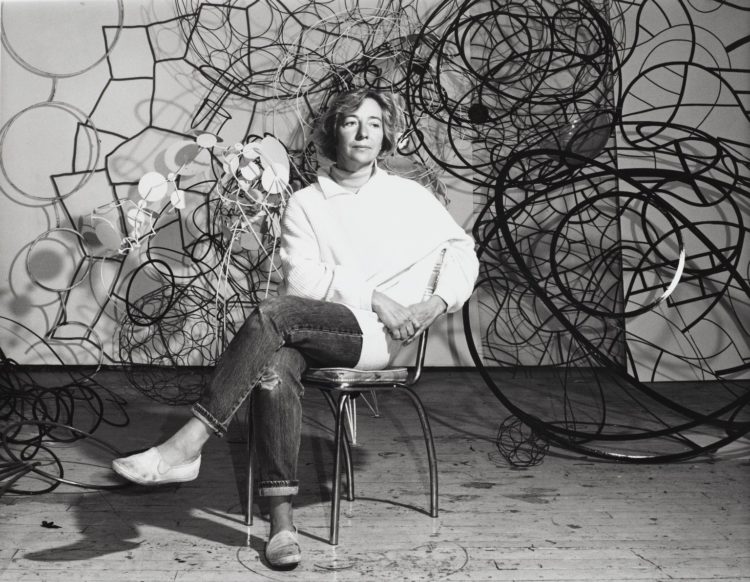Natalia Dumitresco
San Lazzaro Gualtieri di, Natalia Dumitresco, exh. cat., Galerie Raymonde Cazenave, Paris (April 1974), Paris, Galerie Raymonde Cazenave, 1974
→Le Buhan Dominique, Natalia Dumitresco, exh. cat., Artcurial, Paris (March – May 1985), Paris, Artcurial, 1985
→Hulten Pontus, Natalia Dumitresco, Alexandre Istrati, exh. cat., Musée des Arts Décoratifs, Paris (16 September – 16 October 1987), Paris, Union des arts décoratifs, 1987
Natalia Dumitresco, galerie Arnaud, Paris, 1954
→Natalia Dumitresco, galerie Cavalero, Cannes, 1978
Romanian painter and sculptor.
Natalia Dumitresco studied at the Academy of Fine Arts in Bucharest. She married the sculptor Alexandre Istrati in 1939, and the couple moved to Paris in 1947. This relocation would prove decisive for two reasons. She and her husband lived close to Brancusi and became friends with him and his sole heirs, playing a crucial part in the sculptor’s institutional recognition, especially with the publication of a major monograph of his work in 1986. Because she was already a well-known figure of the Romanian art world, mostly influenced by the art of Kandinsky (she received the Kandinsky Prize in 1955), she quickly made a name for herself in the French milieu of post-War abstraction. Her austere and rigorous style of painting, in some ways reminiscent of Vieira da Silva’s, relied on modulations of geometric frameworks – squares, grids, stripes, meshes, circles, rectangles, diamonds – like a kaleidoscope of infinite variations on emptiness and light, in which graphic style and colours are indissociable. She favoured cityscape compositions as her theme of choice: her series of large American cities painted in 1942 highlights the secret mechanisms underlying urban architecture and networks; with the armatures and quadrangular cells that structure the space into labyrinths, optical mazes, and bustling molecules, the artist seeks to capture rhythm and pace through the use of serial repetition.
On occasion, this orthogonal order contrasts with more whimsical wave-like spirals (illustrations for Brancusi’s Histoire de brigands, 1925). The same combination of rigour and geometric poetry can be found in her polychromatic painted terracotta and resin sculptures – constructions structured by columns or windows arranged into identical cell units. N. Dumitresco exhibited at the Parisian galleries Breteau and Arnaud as early as 1950, as well as at the 1952 and 1953 editions of the Salon d’octobre, organised by Charles Estienne, and was supported by the review Cimaise. Her work was awarded the Carnegie Prize in Pittsburgh in 1959 and was the subject of two major exhibitions: in 1956 at the Palais des Beaux-Arts in Brussels, and in 1960 at the Kunstverein Museum in Cologne.
© Éditions des femmes – Antoinette Fouque, 2013
© Archives of Women Artists, Research and Exhibitions, 2019



